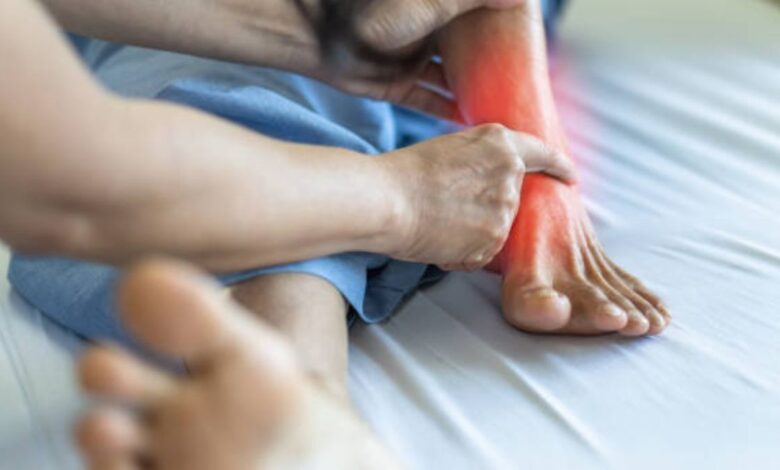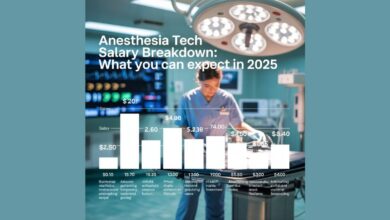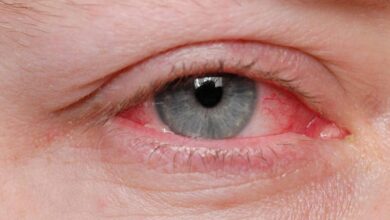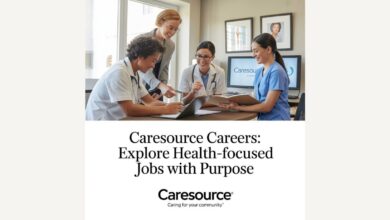Life Expectancy After Compression Fracture: Factors That Matter Most

A compression fracture can be a life-altering event, especially for those who are older or have existing health conditions. It’s not just about the immediate pain; it raises questions about recovery and what comes next. Many people wonder how this type of injury will impact their long-term health and life expectancy. Understanding the factors that influence outcomes Life Expectancy After Compression Fracture is crucial for patients, caregivers, and loved ones alike.
Whether you’re seeking information for yourself or someone close to you, knowing more about these fractures can empower you on the path to recovery. Let’s explore the elements that matter most when considering life expectancy after a compression fracture—because knowledge is not only power but also hope for a fulfilling future ahead.
Understanding Compression Fractures
Compression fractures typically occur in the spine, often caused by osteoporosis or trauma. They happen when one or more vertebrae become weakened and collapse under pressure.
These fractures may not always present obvious symptoms. Some individuals experience sudden back pain, while others might only feel a dull ache that worsens over time. This variability can make diagnosis tricky.
Risk factors are important to consider. Older adults—especially women post-menopause—are particularly vulnerable due to decreased bone density. High-impact activities or accidents also contribute significantly to the occurrence of these injuries.
Understanding compression fractures is essential for effective treatment and recovery planning. Recognizing the signs early can lead to better outcomes and improved life expectancy after such an injury. Awareness of this condition empowers individuals to seek timely medical advice and pursue appropriate care options.
The Impact of Age on Life Expectancy After a Compression Fracture
Age plays a significant role in determining life expectancy after a compression fracture. Older adults are often more vulnerable, facing challenges that younger individuals may not experience. Their bones tend to be less dense and more brittle, increasing the risk of further complications.
For seniors, recovery can be slower due to underlying health issues like osteoporosis or cardiovascular disease. These conditions can complicate healing processes and impact overall longevity.
Younger patients generally have stronger bone integrity and better regenerative capacity, which often leads to improved outcomes. However, they might still face risks related to lifestyle choices or pre-existing medical conditions.
Understanding these age-related factors is crucial for tailoring treatment plans effectively. Each patient’s unique circumstances should guide care strategies aimed at enhancing quality of life post-fracture.
Other Factors That Affect Life Expectancy
Several other factors come into play when considering life expectancy after a compression fracture. Lifestyle choices significantly influence recovery and overall health. Smoking, for instance, can slow down healing processes and increase complications.
Nutrition is another key element. A balanced diet rich in calcium and vitamin D supports bone health. Those who maintain a healthy weight often experience better outcomes post-injury.
Mental well-being shouldn’t be overlooked either. Depression or anxiety can hinder recovery efforts, making it essential to address emotional health during rehabilitation.
Additionally, pre-existing medical conditions like osteoporosis or cardiovascular issues might complicate the situation further. Each of these aspects intertwines with the body’s ability to heal effectively after a fracture. Recognizing this interconnectedness aids in understanding individual circumstances better as they navigate their recovery journey.
Importance of Early Diagnosis and Treatment
Early diagnosis is crucial when dealing with compression fractures. Identifying the injury promptly can significantly impact recovery outcomes.
When a compression fracture occurs, time can be a double-edged sword. Delayed treatment may lead to complications such as chronic pain or further spinal issues. The sooner healthcare professionals assess the situation, the better they can tailor an effective treatment plan.
Moreover, early intervention often allows for non-invasive options like physical therapy or medication to manage pain and promote healing. These approaches not only enhance mobility but also improve quality of life during recovery.
Additionally, timely diagnosis helps in monitoring any underlying conditions that might have contributed to the fracture. This proactive approach enables patients to make informed lifestyle changes that support long-term health and prevent future injuries.
Being vigilant about symptoms and seeking immediate medical advice is essential for optimizing recovery after a compression fracture.
Tips for Managing Pain and Recovery
Managing pain after a compression fracture can be challenging but is essential for recovery. Start by working closely with your healthcare provider to create a personalized pain management plan.
Consider incorporating physical therapy into your routine. Gentle exercises can help strengthen the muscles around your spine, reducing discomfort over time. Always listen to your body and avoid pushing through sharp or severe pain.
Utilizing heat and cold therapies may also provide relief. Applying ice packs in the initial days post-fracture can reduce inflammation, while heat pads later on can ease muscle tension.
Don’t underestimate the power of mindfulness practices like meditation or deep breathing. These techniques can help manage anxiety related to chronic pain.
Ensure you maintain a balanced diet rich in calcium and vitamin D. This supports bone health and aids recovery as you heal from injury.
Alternative Treatments to Consider
Alternative treatments can provide additional support for those recovering from compression fractures. Many individuals explore options like acupuncture, which may help alleviate pain and improve mobility. The ancient practice focuses on stimulating specific points in the body.
Physical therapy is another valuable alternative. Tailored exercise programs can enhance strength and flexibility while promoting healing. Engaging with a skilled therapist ensures exercises are safe and effective.
Mind-body techniques, such as yoga or meditation, also hold promise. These practices not only ease physical discomfort but also foster emotional well-being during recovery.
Nutritional supplements might play a role too. Vitamin D and calcium are crucial for bone health, especially after a fracture. Consulting with a healthcare provider before starting any new treatment is essential to ensure safety and efficacy tailored to individual needs.
Conclusion: Living a Fulfilling Life After a Compression Fracture
Life Expectancy After Compression Fracture can be challenging, but it does not have to define your quality of life. Many individuals go on to lead fulfilling lives post-injury by adopting proactive approaches. Embracing physical therapy and engaging in light exercises tailored for recovery can significantly enhance mobility and strength.
A strong support system plays an essential role too. Family, friends, or even support groups can provide encouragement and understanding during the healing process. Focusing on nutrition also contributes positively; a balanced diet rich in calcium and vitamin D aids bone health.
Exploring alternative therapies such as acupuncture or chiropractic care might offer additional relief from pain while promoting overall well-being. Remember that every individual’s journey is unique—what works for one person may differ for another.
Through patience, determination, and the right strategies, many people successfully navigate life after a compression fracture. Adapting to new routines while maintaining an optimistic outlook fosters resilience and enhances overall happiness. Life continues beyond the injury; it’s all about how you choose to embrace each day moving forward.




